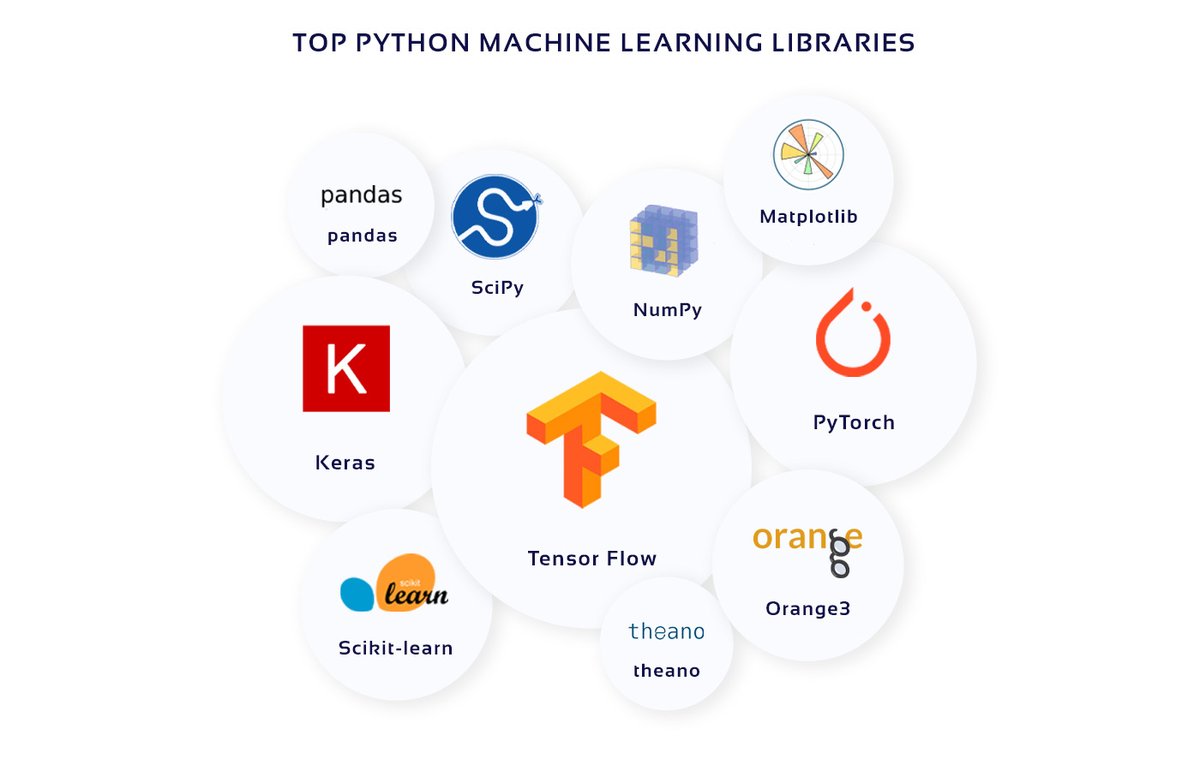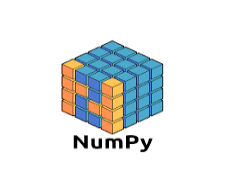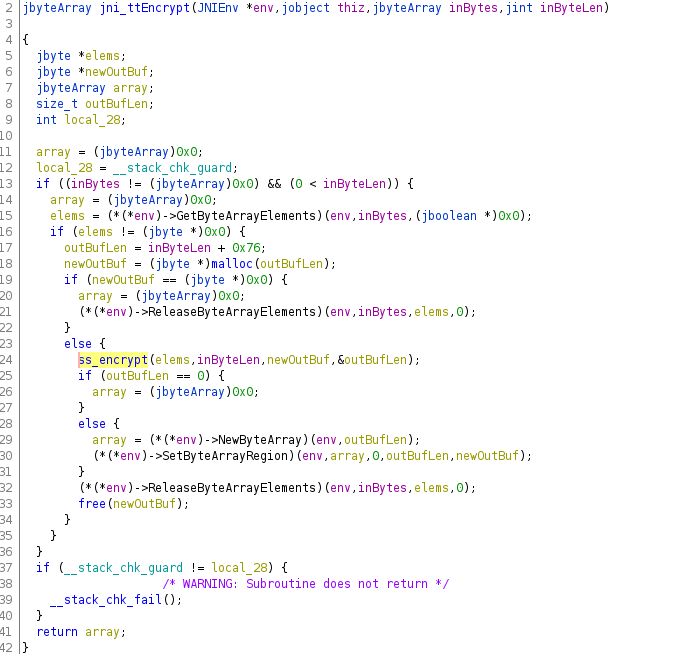Thread for beginners; How to learn machine learning.
Naturally, decision trees make an intuitive sense for learners. While you learn decision trees I highly recommend the Titanic survival prediction problem. It is something you can relate to which is quite useful for learning something new
More from Machine learning
Thanks for this incredibly helpful analysis @dgurdasani1
Two questions. 1/ Does this summarise the AZ published data :
The plan is to extend the time interval for all age groups despite it being largely untested on the over 55yrs, although the full data is not yet published
Do we have the actual numbers of over 55yr olds given a 2nd dose at c12 weeks and the accompanying efficacy data?
Not to mention the efficacy data of the full first dose over that same period?
I’d quite like to know whether I am to be a guinea pig & the ongoing risks to manage
You attached photos of excerpts from a paper. Could you attach the link?
Re Pfizer. As I understand it the most efficacious interval for dosing was investigated at the start of the trial.
Here’s the link to the
I’ve got to say that this way of making and announcing decisions is not inspiring confidence in me and I am very pro vaccination as a matter of principle, not least because my brother caught polio before vaccinations available.
Two questions. 1/ Does this summarise the AZ published data :
The plan is to extend the time interval for all age groups despite it being largely untested on the over 55yrs, although the full data is not yet published
SUMMARY: the Oxford/Astra trial examined dosing with gaps between 4-12 wks- although longer gaps appear to be limited mostly to younger participants. There was no difference reported in published data between these & efficacy from the 1st dose seems high for severe disease.
— Deepti Gurdasani (@dgurdasani1) December 31, 2020
Do we have the actual numbers of over 55yr olds given a 2nd dose at c12 weeks and the accompanying efficacy data?
Not to mention the efficacy data of the full first dose over that same period?
I’d quite like to know whether I am to be a guinea pig & the ongoing risks to manage
You attached photos of excerpts from a paper. Could you attach the link?
Re Pfizer. As I understand it the most efficacious interval for dosing was investigated at the start of the trial.
Discussions of 1 vs 2 doses suggest many are not aware of Pfizer's trials which evaluated 1 vs 2 dose immunogenicity, assessed multiple formulations (BNT162b1 BNT162b2 etc) & conducted dose-ranging in both young & old adults at the start. Saw "clear benefit of booster at day 21" pic.twitter.com/mpyxu9xFSF
— Dr Nicole E Basta (@IDEpiPhD) December 31, 2020
Here’s the link to the
I’ve got to say that this way of making and announcing decisions is not inspiring confidence in me and I am very pro vaccination as a matter of principle, not least because my brother caught polio before vaccinations available.
10 PYTHON 🐍 libraries for machine learning.
Retweets are appreciated.
[ Thread ]

1. NumPy (Numerical Python)
- The most powerful feature of NumPy is the n-dimensional array.
- It contains basic linear algebra functions, Fourier transforms, and tools for integration with other low-level languages.
Ref: https://t.co/XY13ILXwSN

2. SciPy (Scientific Python)
- SciPy is built on NumPy.
- It is one of the most useful libraries for a variety of high-level science and engineering modules like discrete Fourier transform, Linear Algebra, Optimization, and Sparse matrices.
Ref: https://t.co/ALTFqM2VUo

3. Matplotlib
- Matplotlib is a comprehensive library for creating static, animated, and interactive visualizations in Python.
- You can also use Latex commands to add math to your plot.
- Matplotlib makes hard things possible.
Ref: https://t.co/zodOo2WzGx

4. Pandas
- Pandas is for structured data operations and manipulations.
- It is extensively used for data munging and preparation.
- Pandas were added relatively recently to Python and have been instrumental in boosting Python’s usage.
Ref: https://t.co/IFzikVHht4

Retweets are appreciated.
[ Thread ]

1. NumPy (Numerical Python)
- The most powerful feature of NumPy is the n-dimensional array.
- It contains basic linear algebra functions, Fourier transforms, and tools for integration with other low-level languages.
Ref: https://t.co/XY13ILXwSN

2. SciPy (Scientific Python)
- SciPy is built on NumPy.
- It is one of the most useful libraries for a variety of high-level science and engineering modules like discrete Fourier transform, Linear Algebra, Optimization, and Sparse matrices.
Ref: https://t.co/ALTFqM2VUo

3. Matplotlib
- Matplotlib is a comprehensive library for creating static, animated, and interactive visualizations in Python.
- You can also use Latex commands to add math to your plot.
- Matplotlib makes hard things possible.
Ref: https://t.co/zodOo2WzGx

4. Pandas
- Pandas is for structured data operations and manipulations.
- It is extensively used for data munging and preparation.
- Pandas were added relatively recently to Python and have been instrumental in boosting Python’s usage.
Ref: https://t.co/IFzikVHht4


















